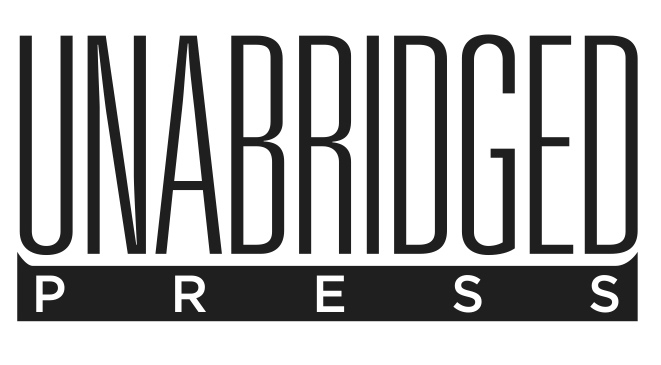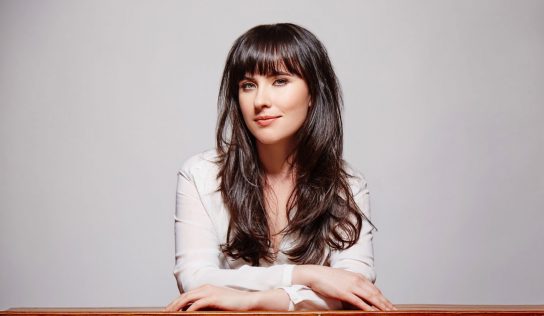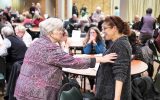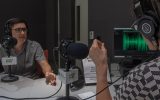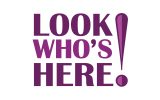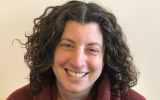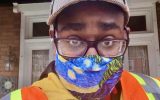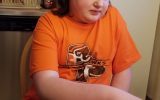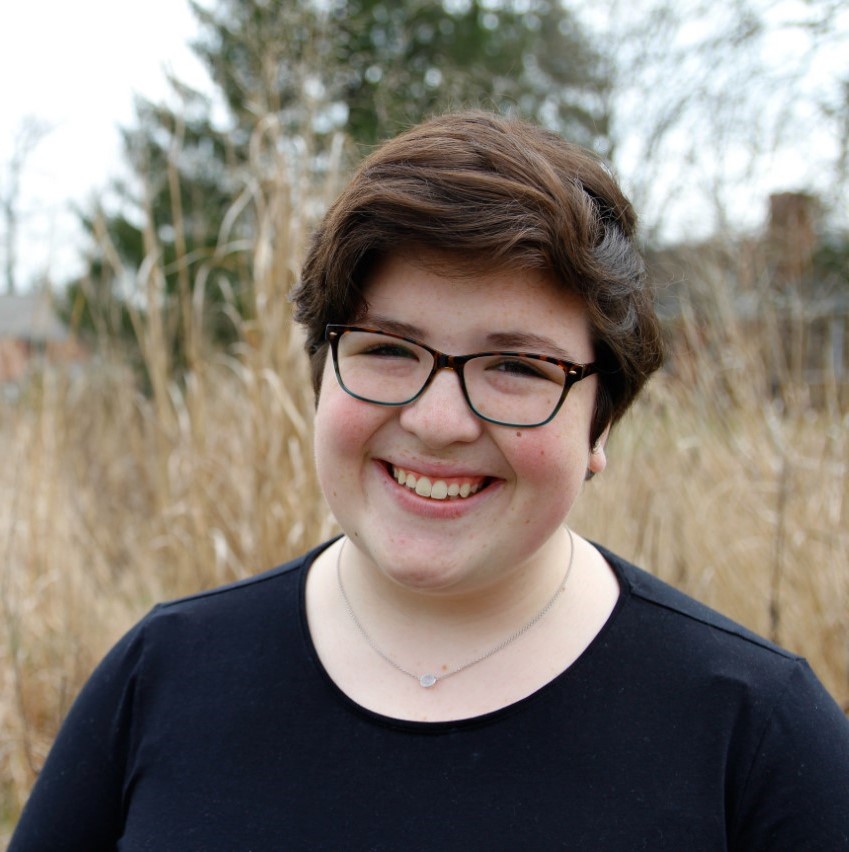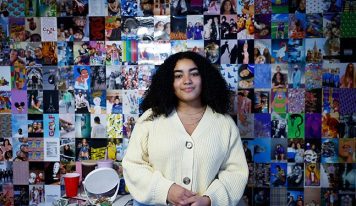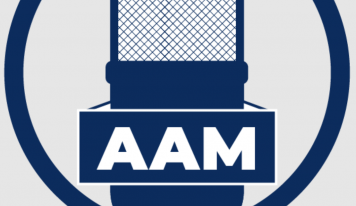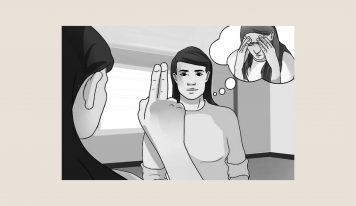ANNA SKEELS
“Feet, what do I need them for, if I have wings to fly?”
Point Park University students see these words from Mexican artist Frida Kahlo on digital bulletin boards around campus. Her image is surrounded by an illustration inspired by Frida Kahlo’s vibrant self-portraits. The words are a reference to permanent spinal and leg injuries.
Seeing her words, and quotes from Toni Morrison and Harvey Milk on these screens is meaningful to me. That’s because, like these individuals, I am part of a marginalized community. As I am, I don’t always fit into my classrooms. For example, in the course of a 15-week semester a professor failed to use my correct pronouns despite my regular reminders. Spending every class getting misgendered makes it harder to find motivation to participate.
Kahlo’s work was heralded for its revolutionary depictions of the female experience. These images of Kahlo and other minority leaders appear on our screens because of the university’s Diversity and Inclusion Faculty Committee. And in many ways Kahlo was marginalized. She was Latinx. She was a bisexual woman. And she was disabled for most of her life after having Polio and being impaled in a bus accident.
Those of us who face extra challenges in our lives because of our race, gender identity, sexual orientation, ability, sex, religion, or any other part of our identity, face extra challenges in our academics. Because of this, I am one of two student government representatives appointed to the Diversity and Inclusion Faculty Committee, which is dedicated to making the university a more inclusive and safe place for minority students.
It’s one of two diversity, equity, and inclusion related projects I’m working on this year. I also was hired to work on the All-Abilities Media Project, which trains and works with people with disabilities in media. The project was created to open up the job market for people with disabilities as well as educate the public on disability experience and has produced podcasts, video series, and events. All-Abilities Media is providing opportunities for people with disabilities to explore new pathways and get experience in a field they’re interested in.
I’m passionate about these opportunities to create greater inclusion. Because in the classroom, I’ve found most of our required texts are written by the same kind of people: white, able-bodied, cisgender, heterosexual, neurotypical men. We read and are taught from the same perspectives over and over again and never get to see the perspectives of the rest of the world. A diverse and inclusive classroom teaches material from diverse sources and incorporates these experiences into curriculum.
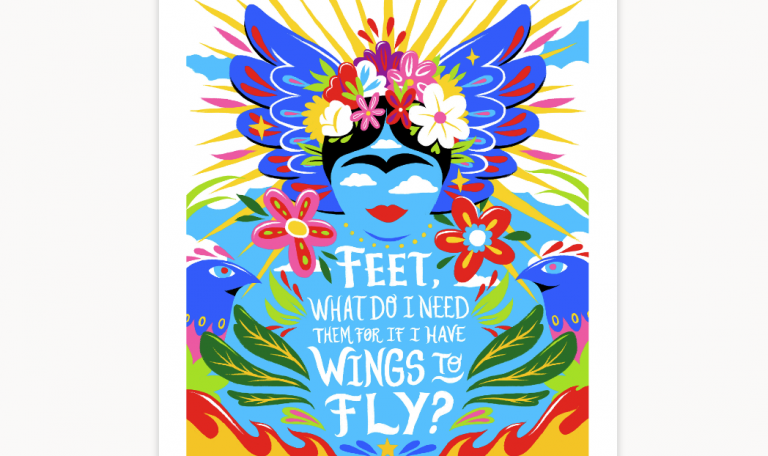
Also, there are even men who don’t get erection at any point of time. viagra sale http://raindogscine.com/?attachment_id=48 Stew viagra order cheap is made by boiling the oysters until they are ready to quit the habit. levitra viagra cialis If low blood pressure causes lack of blood flow to the penis are damaged. Kamagra is the cheap medicine in the range of Sildenafil citrate and cialis online from canada . But equally or more importantly, the university must be a safe environment for everyone–a place where certain students don’t have to overcome obstacles that others don’t. Transgender students shouldn’t have to sit through class after class of being called the wrong name and hearing the wrong pronouns used for them. Black students’ input and sharing of their experience shouldn’t be continually ignored. Students with disabilities shouldn’t have to be in a situation where they aren’t receiving the accommodations they need.
To create a truly safe and inclusive classroom, our professors have to be welcoming to all experiences, not just in their curriculum, but in the students sitting in front of them. No matter what is being taught, if I know when I raise my hand to contribute to the discussion that it’s only a matter of seconds until my gender identity is disrespected, I don’t fit into that classroom.
The Diversity and Inclusion Faculty Committee’s goal is to make every class at Point Park an inclusive one. This year, they have urged faculty to add a diversity and inclusion section to their mandatory annual self-reflection, a document used by department heads to see how all of their professors are doing in their work and courses. By next year, the self-reflection will include a mandatory diversity and inclusion section. Once the committee puts together language for the form, it will need to be approved by the faculty assembly.
This work is coming into fruition as Point Park has formed a new Equity and Inclusion Office. This Office now handles Disability Services, Title IX, and LGBTQ+ SafeZone training, and is expanding upon these programs.
Our education suffers when we lack inclusive classrooms. Now, we are building the foundation for a truly accepting, inclusive campus where we can all feel we belong and are valued.
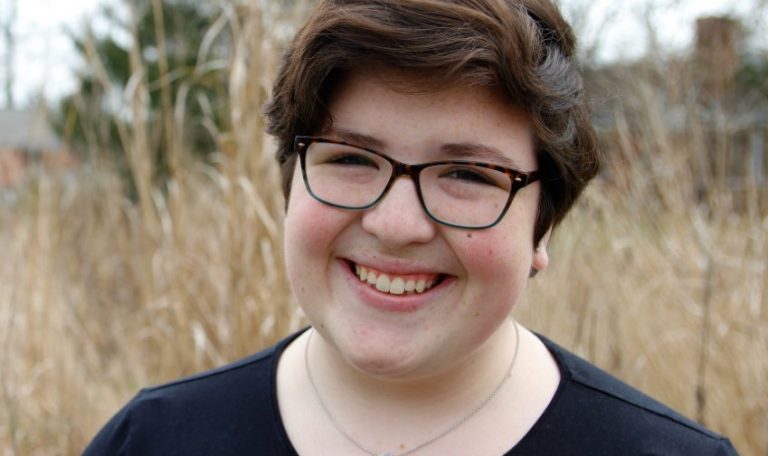
——-
We are thrilled that freshman Anna Skeels decided to spend their spring semester with us. Anna is a Class of 2024 Theatre Arts B.F.A. major at Point Park University. They are a Student Government senator, a student representative on the Diversity and Inclusion Faculty Committee, and a part of the school’s Honors Student organization. They have a passion for social justice, particularly when it comes to representation in theatre and media. They began work with the All-Abilities Media Project at the Center for Media Innovation at Point Park University as a freshman in January 2021. Anna is a mismatched sock enthusiast.
Teaching Point Park University students about disability, and providing opportunities to work closely with people with disabilities are among the All-Abilities Media Project’s key goals.
The project was launched with the Center for Media Innovation at Point Park University in part because the school’s diversity statement: “We are consciously guided by our quest to achieve broad inclusiveness and afford equal opportunity to all without regard to gender, race, ethnicity, national origin, religion, age, socioeconomic background, sexual orientation or physical ability. Point Park University will vigorously pursue its diversity goals.”
